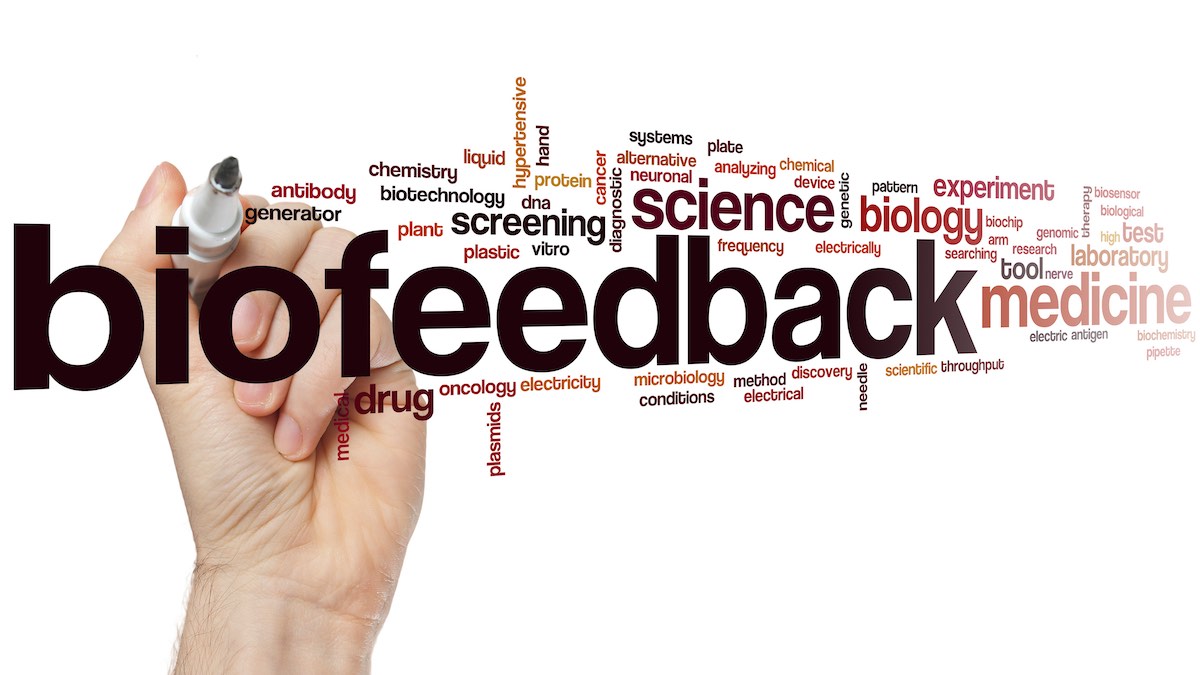Understanding the individual brain is a complex task, especially when it pertains to psychological health. Conventional approaches of assessment often rely on conversations and surveys, which can occasionally overlook important details about how the brain operates. This is where quantitative electroencephalography, or qEEG, comes into play. qEEG is a specific method that assesses neural activity in the brain. By analyzing these neural patterns, psychological health experts can gain important insights into a individual's mental condition, aiding to enhance diagnosis and treatment.
qEEG works by applying small electrodes on the scalp to record brain signals. These electrodes detect electrical impulses produced by nerve cells, the cells in the brain that interact with one another. The information collected is then processed and presented as a set of waveforms. Each type of brainwave—such as alpha, beta, δ, and θ—corresponds to different psychological conditions and functions. For instance, alpha waves are commonly linked with calmness, while beta waves are linked to engaged thinking and problem-solving. By analyzing these patterns, clinicians can detect abnormalities that may suggest mental health issues.

One of the major advantages of qEEG is its ability to offer unbiased information. Unlike traditional assessments that depend on personal accounts from clients, qEEG offers a clear view of neural activity. This clarity can help minimize prejudices in diagnosis and lead to more accurate intervention strategies. For example, if a client is facing stress, qEEG can reveal specific patterns of neural function that are linked with stress conditions. This information allows mental health experts to customize treatments more efficiently, whether it be through counseling, medication, or other treatments.
Moreover, qEEG can be especially useful in tracking intervention advancement. By conducting qEEG assessments at different stages during treatment, healthcare providers can monitor variations in neural activity over period. This ongoing assessment assists ascertain if a intervention is working or if modifications are required. For instance, if a client is not reacting to a particular medication, qEEG may show that their brain activity has not changed in a way that indicates progress. This feedback loop can lead to more personalized and effective mental health care.
In conclusion, qEEG brain mapping is a powerful tool in the field of mental health assessment. By providing objective data about neural activity, neurofeedback for cognitive rehabilitation it enhances the comprehension of different mental health conditions. This technique not only aids in accurate diagnosis but also assists in tracking intervention success. As psychological health experts persist to investigate the capabilities of qEEG, it holds promise for improving the lives of individuals facing psychological health issues. With continuous investigation and progress in techniques, the mysteries of the mind may become clearer, leading to better outcomes for those in requirement of assistance.
Comments on “Unlocking the Mysteries of the Brain Through Quantitative EEG Brain Mapping Techniques in Mental Wellness Evaluation”